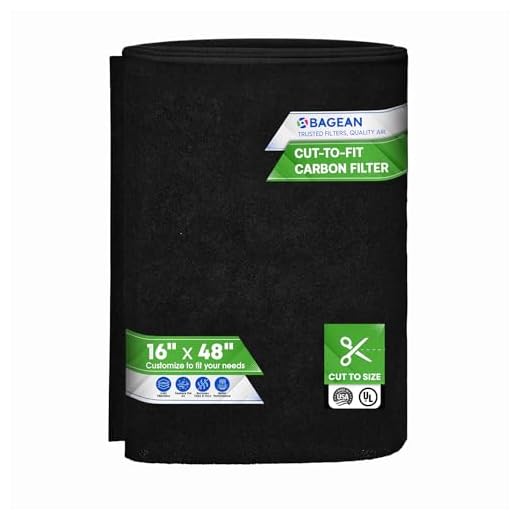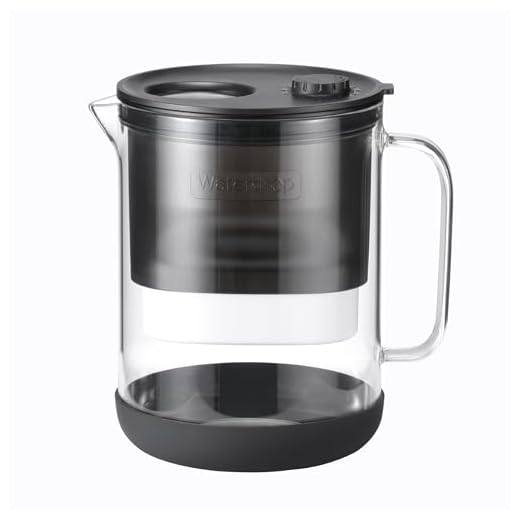




Regulatory Changes and Water Safety Standards
Over the years, water safety standards have evolved significantly due to various regulatory changes. In the early days, water filtration practices were often informal and left to individual households, leading to inconsistent quality across different regions. As public health concerns grew, governments began to recognize the need for a more structured approach. Legislation was introduced to establish minimum safety standards for drinking water. This shift aimed to ensure that water filters would meet specific performance criteria, ultimately protecting public health.
The implementation of these regulations also spurred innovations in water filtration technology. Manufacturers began to develop advanced filtration systems that not only complied with safety standards but also improved efficiency and effectiveness. Improved testing methods and clearer guidelines helped consumers make informed choices regarding their water filtration systems. As a result, compliance with regulations became a selling point, leading to increased competition among companies to provide cleaner and safer drinking water for communities.
How Legislation Influenced Filtration Practices
Legal frameworks have long played a pivotal role in shaping water filtration practices across the United States. The Safe Drinking Water Act, enacted in 1974, set the foundation for improved water quality standards. This legislation mandated regular testing of public water systems and set maximum contaminant levels for various substances. As a result, many municipalities invested in advanced filtration technologies to comply with these stringent regulations, ultimately enhancing public health.
Subsequent amendments to the original legislation further refined these standards, encouraging innovation in water filtration methods. New requirements prompted manufacturers to develop better filtration materials and mechanisms to remove a broader range of contaminants. The impact of such regulatory measures has led to a significant evolution in both residential and municipal filtration systems, making them more efficient and effective in ensuring safe drinking water.
The Influence of Environmental Awareness on Filtration Techniques
The rise of environmental awareness has significantly reshaped water filtration techniques over the years. As concerns about pollution and resource depletion have grown, consumers and manufacturers have sought more sustainable options. This shift has led to an increase in natural filtration methods, such as those utilizing activated carbon, ceramic filters, and bio-sand filters, which often have lower environmental impacts compared to traditional methods. Filtration systems are now designed not just for efficiency but also for minimal waste production and energy consumption.
In response to these changing perceptions, companies have begun prioritizing eco-friendly materials and manufacturing processes. Innovations such as reusable filters and systems that harvest rainwater demonstrate the integration of environmental values into product design. Additionally, there is a growing emphasis on educating consumers about the importance of sustainable water practices. As people become more aware of their ecological footprints, the demand for filtration techniques that contribute to overall environmental health continues to rise.
Sustainable Practices in Modern Water Filtering
The increasing focus on sustainability has prompted advancements in water filtration systems. Modern techniques prioritize the use of eco-friendly materials and energy-efficient designs. Many manufacturers are opting for biodegradable and recyclable components in their products. This shift not only reduces environmental impact but also enhances user awareness regarding sustainable consumption.
Additionally, innovative filtration methods such as gravity-driven systems and membrane technologies are gaining traction. These techniques often require less energy and minimize chemical usage in treatment processes. The integration of natural filtration systems, like constructed wetlands, is also becoming popular in both urban and rural settings. Such practices reflect a holistic approach to water management, aligning efficiency with ecological responsibility.
Smart Technology in Water Filtration Systems
The advent of smart technology has revolutionized the way water filtration systems operate, enhancing both efficiency and user experience. Modern filtration units often feature integrated sensors that continuously monitor water quality parameters such as turbidity, pH levels, and contaminant concentration. This real-time data allows users to remain informed about their water quality, making it easier to address any potential issues promptly.
In addition to sensors, many systems now utilize mobile apps that provide users with notifications and analytics. These applications enable remote monitoring and control of filtration processes, simplifying maintenance tasks for homeowners. Automated alerts can notify users when it is time to replace filters or when system performance is declining, ensuring optimal operation and prolonging the system’s lifespan. The combination of advanced technology and user-friendly interfaces marks a significant step forward in the field of water filtration.
Integration of IoT for Enhanced Monitoring and Maintenance
The integration of Internet of Things (IoT) technology into water filtration systems has revolutionized monitoring and maintenance practices. Sensors embedded within these systems can provide real-time data on water quality, flow rates, and filter status. This constant stream of information allows for timely interventions before minor issues escalate into significant problems. Automatic alerts can notify homeowners or facility managers of potential failures, thereby enhancing the reliability and efficiency of water treatment processes.
Additionally, smart technology facilitates predictive maintenance strategies. By analyzing data trends over time, systems can determine the optimal times for filter replacement and routine servicerather than depending solely on predetermined schedules. This not only optimizes resource usage but also reduces waste associated with unnecessary maintenance visits. The ability to monitor and analyze performance metrics promotes a proactive approach to water safety, ultimately contributing to improved health outcomes and sustainability.
FAQS
What are the key regulatory changes that have impacted water filtration practices?
Key regulatory changes include the establishment of the Safe Drinking Water Act, which set standards for water quality, and various updates to regulations that address contaminants and improve public health outcomes.
How have environmental awareness campaigns influenced water filtration techniques?
Environmental awareness campaigns have led to increased demand for sustainable practices in water filtration, encouraging the use of eco-friendly materials and technologies that minimize environmental impact.
What are some examples of sustainable practices in modern water filtering?
Examples of sustainable practices include the use of biodegradable filter materials, energy-efficient filtration systems, and the implementation of rainwater harvesting as a source for filtration.
How has smart technology changed water filtration systems?
Smart technology has enabled the integration of IoT devices that provide real-time monitoring, data analysis, and automated maintenance alerts, significantly improving the efficiency and reliability of water filtration systems.
What role does IoT play in enhancing water filter maintenance?
IoT helps in enhancing water filter maintenance by allowing for remote monitoring of filter performance, alerting users to potential issues before they become serious, and optimizing maintenance schedules based on usage patterns.
Related Links
Review of Top Guides for Installing Water Filters
Why You Should Follow Installation Instructions for Water Filters
Roundup of the Best Installation Practices for Water Filters
5 Essential Steps to Install Your Water Filter System
What to Consider When Installing Activated Carbon Filters
